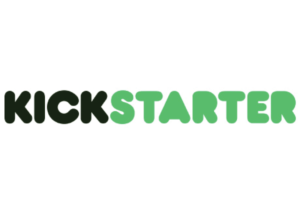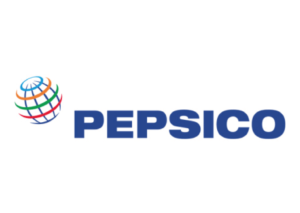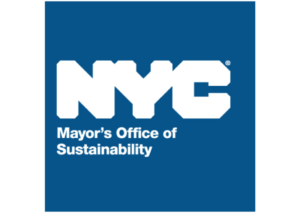lululemon – Alfonso Diaz Venero – 2023
Goals
In 2019, lululemon set a Science-Based Target to reduce carbon emissions intensity across their supply chain (Scope 3) by 60% by 2030. As of 2021, manufacturing emissions accounted for ~25% of lululemon’s inventory. The sustainability team enlisted Alfonso to explore renewable energy opportunities in the APAC region, home to most of lululemon’s suppliers.
Recognizing the apparel industry’s potential nature impacts, another fellowship objective was to evaluate lululemon’s impacts and dependencies on nature.
Solutions
Renewable energy opportunities in APAC:
- Performed in-depth research on laws and regulations in Vietnam, China, and Taiwan to understand available options.
- Developed market research to comprehend supply and demand, essential for identifying challenges and opportunities in each country.
- Conduct interviews with potential partners to assess their capabilities for supplier engagement and renewable energy procurement in the selected countries.
Assessing lululemon’s impacts on nature:
- Select the right tool for lululemon. Alfonso reviewed available tools and frameworks to assess impacts and dependencies on nature, proposing the Science-Based Targets for Nature (SBTN) as the alternative best aligned to lululemon’s strategy.
- Assessing impacts on nature. Based on the available guidance and SBTN toolbox, Alfonso initiated the assessment, providing an overview of the material impacts on lululemon’s value chain.
Potential Impact
Renewable energy opportunities in APAC: After identifying renewable energy procurement opportunities in the APAC region, lululemon gained insight into the carbon emissions reduction potential, challenges, and opportunities for each country.
Assessing lululemon’s impacts on nature: Alfonso’s work marks lululemon’s initial step towards understanding its impact and dependencies on nature. Future steps involve ongoing work with the framework to discern where and how lululemon can achieve a positive net impact on nature.








